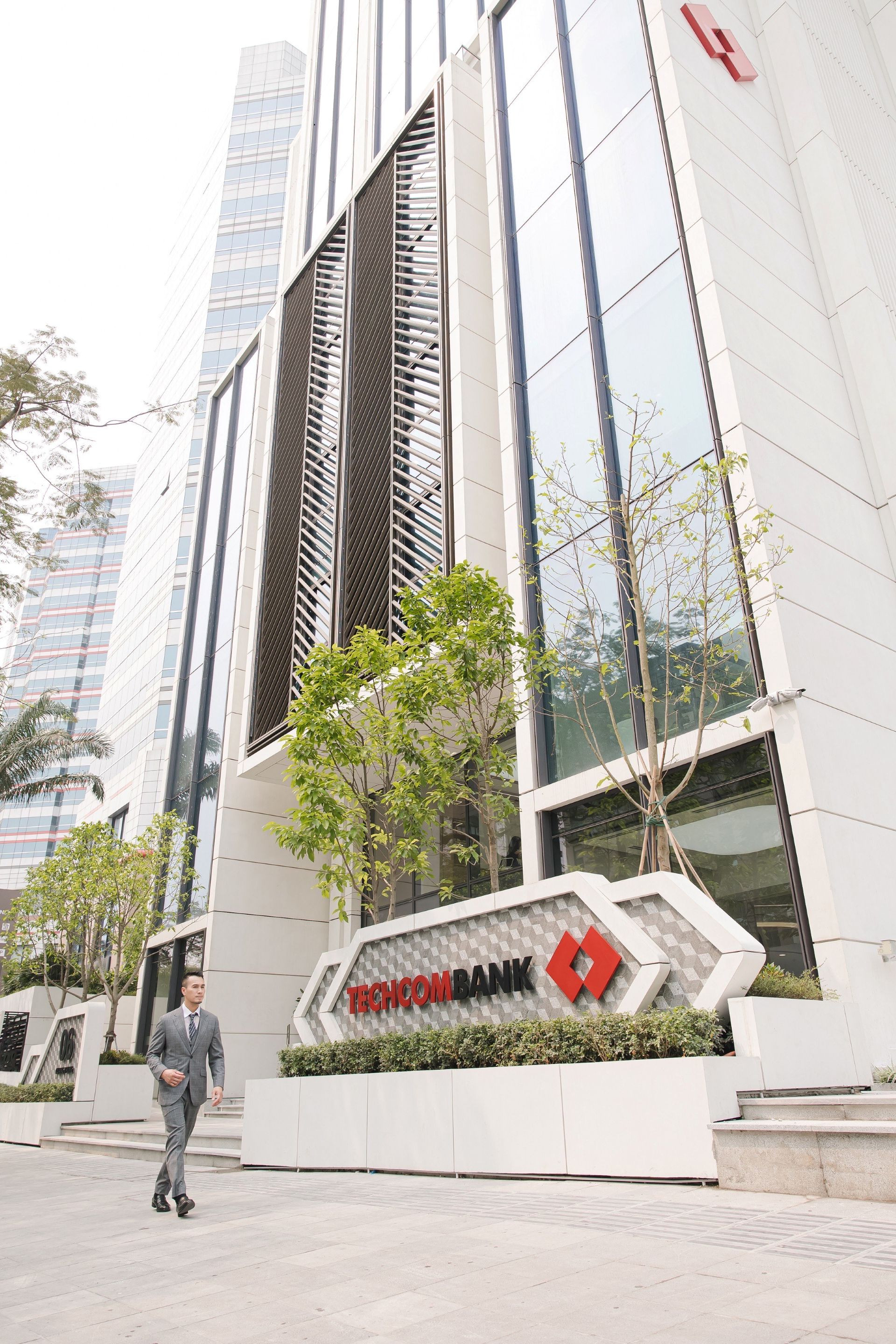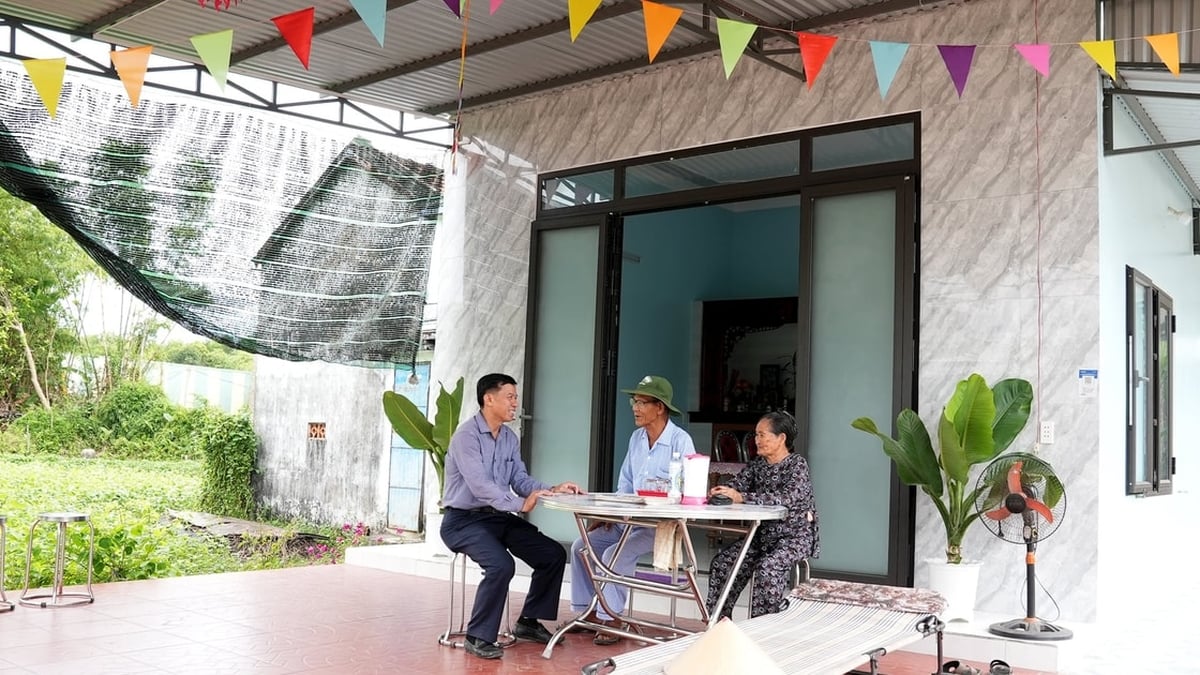In particular, the participation of large banks along with the development of technology and AI is expected to change the face of this industry, bringing breakthrough solutions to better serve customer needs.

Opportunities for life insurance to thrive in Vietnam
Vietnam has gone from one of the world’s poorest countries to a middle-income economy in just one generation, with per capita GDP rising from less than $700 in 1986 to nearly $4,500 in 2023, according to the World Bank.
This economic growth has led to a boom in the middle class, which has not only boosted consumption but also created strong demand for financial and investment products, especially life and health insurance.
According to Statista's March 2021 report, the annual growth rate of the middle class in Vietnam was 10.1% in the period 2016 - 2021, the highest in Southeast Asia. It is expected that by 2030, the middle class population in Vietnam will be more than 50 million people.
According to Vietnam Report, the insurance penetration rate/GDP in Vietnam currently fluctuates at 2.3 - 2.8%, lower than the average of 3.35% in ASEAN, 5.37% in Asia and 6.3% in the world. Compared to Henan province (China), which has a similar population (~99 million people) and an average GDP of about 10,353 USD (according to CEIC), this province has an insurance penetration rate 4 times higher than Vietnam's current level (estimated at ~10% of GDP), showing the industry's huge growth potential when Vietnam's per capita income approaches 10,000 USD.
Economic development and the expansion of the middle class will also change the financial needs of Vietnamese people.
According to the Insurance Association of Vietnam (IAV), only 44.2% of Vietnamese customers have a correct understanding of insurance (2023), but this awareness is increasing rapidly, especially in large cities. Experts believe that with significant demographic changes, insurance demand in the coming time will mainly revolve around: (1) Wealth planning and preservation, (2) High-end healthcare and (3) Voluntary retirement insurance.
Aiming for comprehensive and sustainable growth in the new era, the Vietnamese Government is actively creating a foundation for the development of the insurance industry. The amended Law on Insurance Business (2022) has increased transparency and helped strengthen customers' confidence in the future of the insurance industry. Decision No. 07/QD-TTg of the Prime Minister has also set specific targets for the industry: average growth in the period 2026 - 2030 is 10%/year, by 2030 the scale will reach 3.3 - 3.5% of GDP. The growth rate of revenue from providing online insurance products will reach an average of 10%/year in the period 2023 - 2030... showing the priority of the management agency for applying technology in insurance business activities. The National Digital Transformation Strategy has also promoted the application of technology in insurance (insurtech), from automatic claim processing (eClaims) to AI-based personalized advice.
The Net Zero 2050 commitment, underpinned by the Power Development Plan 8 (PDP-8) and the US$15.5 billion Just Energy Transition Partnership (JET-P), also opens up opportunities for green insurance products, such as natural disaster and energy transition insurance. According to a World Bank report, Vietnam needs to invest US$114 billion from 2022 to 2040 to achieve its emissions reduction target, in which insurance can play a role in financial protection for renewable energy projects.
Life insurance in the new trend of technology and customer experience
Countries like India, Indonesia, and China have provided valuable lessons on the recovery and growth of the insurance industry. In India, the Covid-19 outbreak has made people more aware of the need for insurance, leading to a 13.46% increase in India’s total insurance premiums in 2021, compared to a 9.04% increase globally, according to Modor Intelligence. Indonesia has also overcome the natural disaster insurance gap by promoting microinsurance and insurtech. AI and IoT technologies have revolutionized and restructured the data and foundations of the insurance industry in the country, with a projected compound annual growth rate of 8.24% between 2024 and 2029.
In China, Ping An leveraged big data and super apps (like WeChat) to sell 7 million health insurance policies in one month in Shanghai, boosting insurance penetration from 2.7% of GDP (2010) to 4% of GDP (2023).
These examples show that Vietnam, with its new legal framework and digitalization trend, is in an ideal position to replicate similar successes. At the same time, as the level of technology savvy of its population increases, customers are increasingly demanding a “one-stop shop” - that is, an application for all their financial needs, from payments, loans, investments to insurance. Banks, with their advantage of customer access, rich data and one of the fastest technological developments in the financial sector, are becoming the ideal channel to provide personalized insurance products, from health to retirement.
According to Mr. Chung Ba Phuong, Chairman of the Board of Directors of TC Advisors Joint Stock Company: “Technology, especially AI and big data that the banking industry owns, will change the way the Vietnamese insurance industry approaches customers, from personalized advice to automatic compensation processing, helping to increase accuracy, reduce fraud and reduce claim processing time. Convenience also helps increase customer attraction and retention rates. In Vietnam, the high smartphone usage rate creates conditions for super applications to integrate insurance, similar to successful cases in China”.
New expectations for the life insurance industry
As the Vietnamese insurance industry enters its golden period, insurance companies, banks and insurtech startups are preparing to seize the opportunity. Previously, the bancassurance model was also a channel that accounted for a large proportion of insurance revenue as well as contributed significantly to the business results of banks. However, Vietnamese bancassurance has faced a number of challenges. Insurance companies need to find ways to adapt to new needs, improve service quality and meet increasingly complex customer requirements in the context of daily technological innovation.
Some large banks have also quickly changed their insurance business strategies to suit the new market conditions. From the breakups between banks and insurance, the market predicts new steps from pioneering banks in this business sector.
After ending its exclusive partnership with Manulife Vietnam in October 2024 and launching the non-life insurance company TCGI, Techcombank may have been well prepared to establish its own life insurance company. From the Techcombank Investment Conference 2025, the bank also shared specific plans in the development roadmap of a life insurance company to fully serve the customer journey.
With existing platforms from technology to customer base, taking advantage of the ecosystem business model with many advantages and benefits proven in the world and experience in the life insurance business cooperation sector, the market is waiting for a new breeze from the participation of the "top" bank Techcombank as well as expecting advanced, modern insurance solutions, applying technology to practically protect users, catching up with new trends in this industry.
Bui Huy
Source: https://vietnamnet.vn/thoi-diem-vang-cho-nganh-bao-hiem-nhan-tho-viet-nam-2425060.html





























![[Photo] Signing of cooperation between ministries, branches and localities of Vietnam and Senegal](https://vphoto.vietnam.vn/thumb/1200x675/vietnam/resource/IMAGE/2025/7/24/6147c654b0ae4f2793188e982e272651)





































































Comment (0)